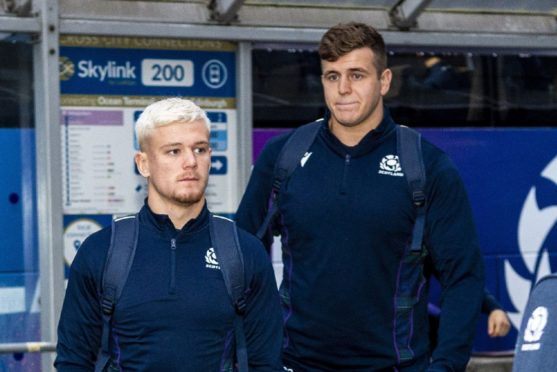Thank heavens the Rugby World Cup is finally looming into view after what has been an interminable series of warm-up contests in recent weeks.
If anything, the only impact of the plethora of tussles involving the likes of Scotland against Georgia and Ireland against Wales home and away has been to muddy the waters, leave coaches with injury concerns and dash the hopes of players such as Sam Skinner and Gareth Anscombe of competing in the sport’s greatest show on earth.
Ever since the inaugural World Cup in 1987, Southern Hemisphere countries have dominated proceedings, so much so that England’s success in 2003 in Australia remains the only time the stranglehold has been broken.
Yet, on the face of it, there’s no reason why the home nations can’t travel to Japan with genuine hope in their hearts.
Ireland, after all, are No. 1 in the IRB rankings following consecutive wins over the Welsh, who had previously gone 14 matches unbeaten. England, for their part, demolished the Irish during a stunning 10-try victory at Twickenham as the prelude to brushing aside Italy.
The Scots, so feckless and forlorn in their first meeting with France in Nice, have subsequently rallied to record three wins on the spin, although the paucity of attacking threat or penetration from the Georgians means these results have to be put into proper perspective.
But then, that is one of the problems with all these fixtures. They’re the equivalent of autumn internationals, which rake in plenty of cash for the various home unions but usually mean precious little once the Six Nations commences.
Let’s be honest. Joe Schmidt, the Irish coach and his Scottish counterpart Gregor Townsend haven’t learned anything they didn’t already know in these double-headers with Wales and Georgia.
They will have been crossing their fingers, toes and everything else against a Finn Russell or Jacob Stockdale suddenly being crocked at the 11th hour, but the matches haven’t had anything of the sheer visceral intensity we can anticipate when these two teams lock horns in Yokohama on Sunday September 22.
On the contrary, the warm-ups should have left many people cold. Yes, the Scots were impressive in the opening 20 minutes in Tbilisi and the Irish produced a stirring second-half recovery against Wales, but Townsend’s team also conceded a shedload of penalties while Wales hardly looked distraught after succumbing in Dublin.
Why should they? Nobody will remember the outcome of any of these battles. And no one should be deluded that the tackling won’t be significantly more bruising in the true cauldron of Test match rugby.
I think Ireland will be wishing the tournament had arrived 12 months ago, while the Scots have blown hot and cold in 2019, with the hot – the second half of the Calcutta Cup for instance – too often overshadowed by poor performances.
Neither Scotland nor Ireland should assume the group is just between the two of them.
Japan, in their homeland with a vociferous support, an advantageous schedule and a squad who have kept their cards pretty close to their chest, have a terrific opportunity to cause an upset.
